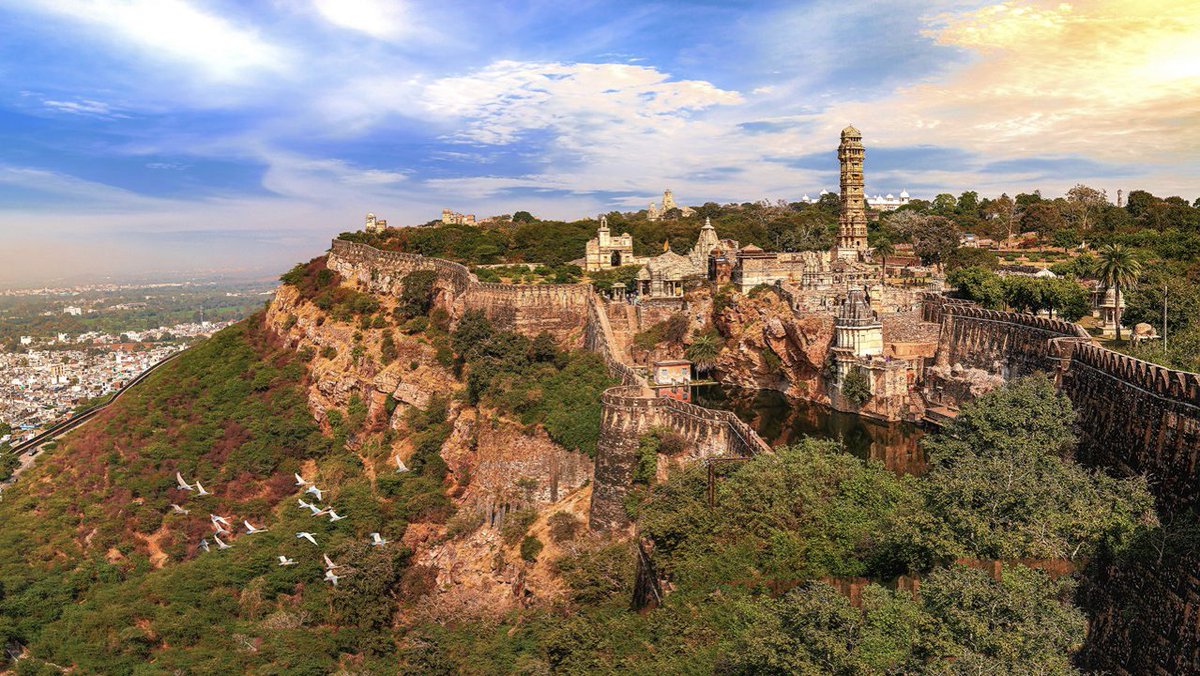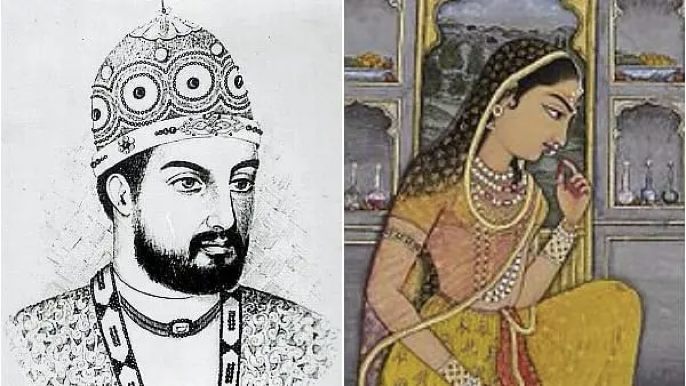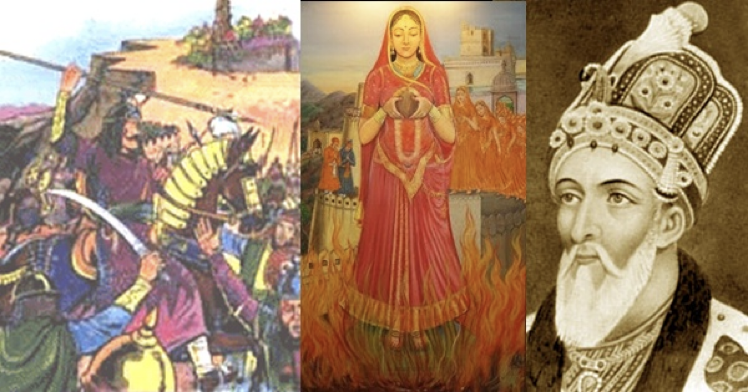Summary of #Pathaan Movie:
1) India doesn't give a damn about it's Intelligence Officers
2) Terrorist attacks are not carried out by Jihadis, but by the R&AW officers who are abandoned by India
3) Afghanistan is a society which has just love and compassion for others
1/3
1) India doesn't give a damn about it's Intelligence Officers
2) Terrorist attacks are not carried out by Jihadis, but by the R&AW officers who are abandoned by India
3) Afghanistan is a society which has just love and compassion for others
1/3
4) ISI Officers are crucial for saving India from Terrorist Attacks
5) If Pakistanis find out that ISI is planning a Biological War on India, they'll hang the people involved
6) Only few military generals in Pakistan hate India, but Pakistan itself is against Terrorism
2/3
5) If Pakistanis find out that ISI is planning a Biological War on India, they'll hang the people involved
6) Only few military generals in Pakistan hate India, but Pakistan itself is against Terrorism
2/3
7) Indian undercover agents love ISI agents and can go even against their ally Russia for helping them
8) A #Pathaan can do anything for the nation without expecting anything in return
The #Pathaan Movie Is a Vulgar Propaganda. Detail Review Coming Soon.
3/3
8) A #Pathaan can do anything for the nation without expecting anything in return
The #Pathaan Movie Is a Vulgar Propaganda. Detail Review Coming Soon.
3/3
• • •
Missing some Tweet in this thread? You can try to
force a refresh













